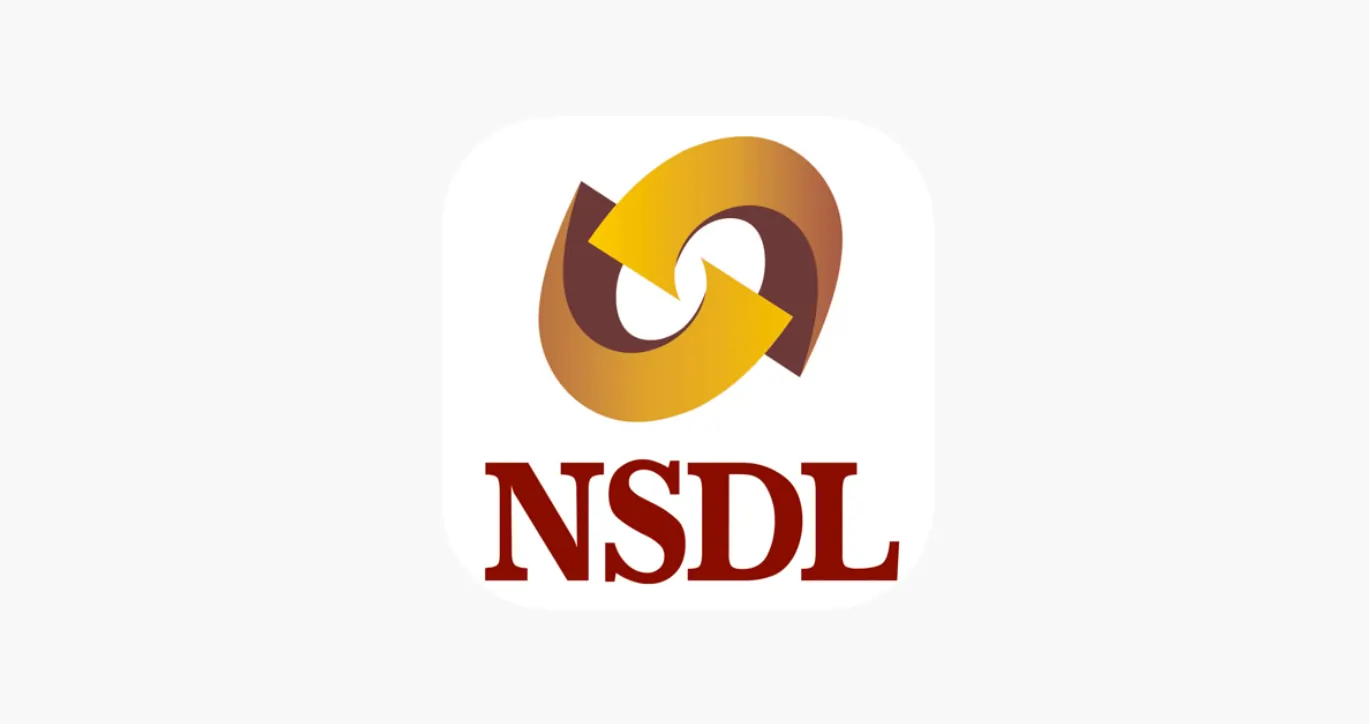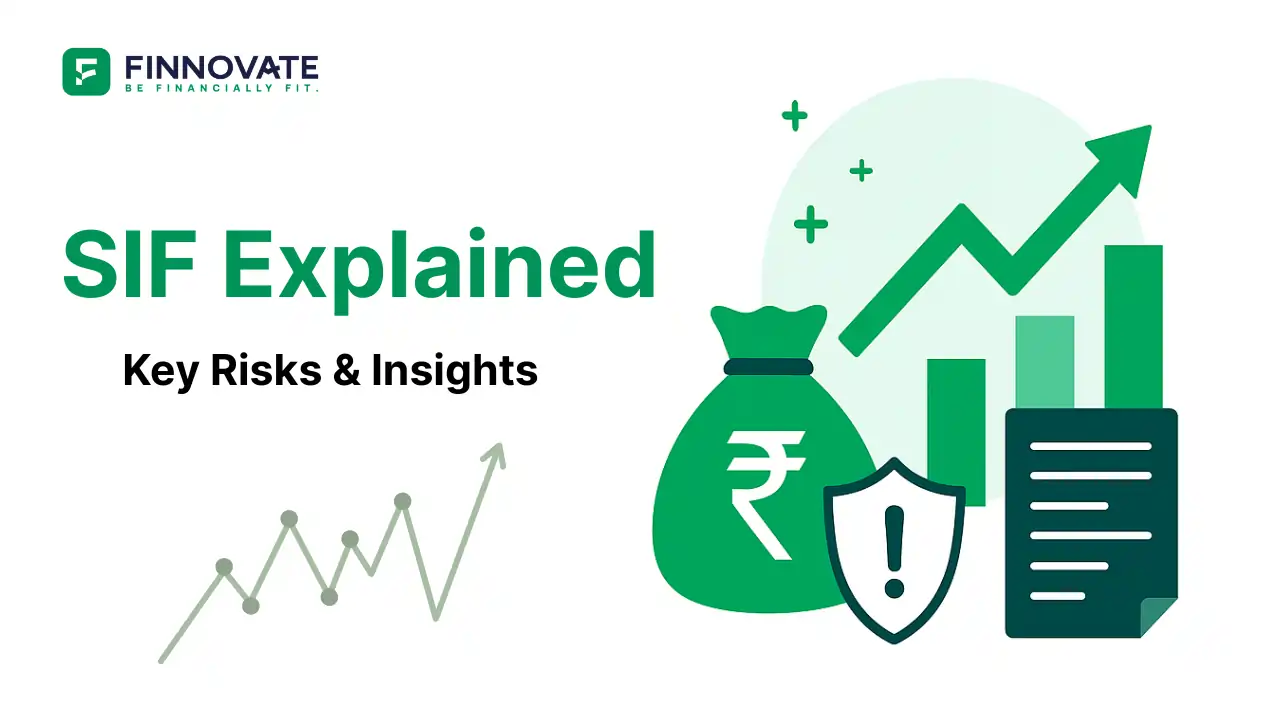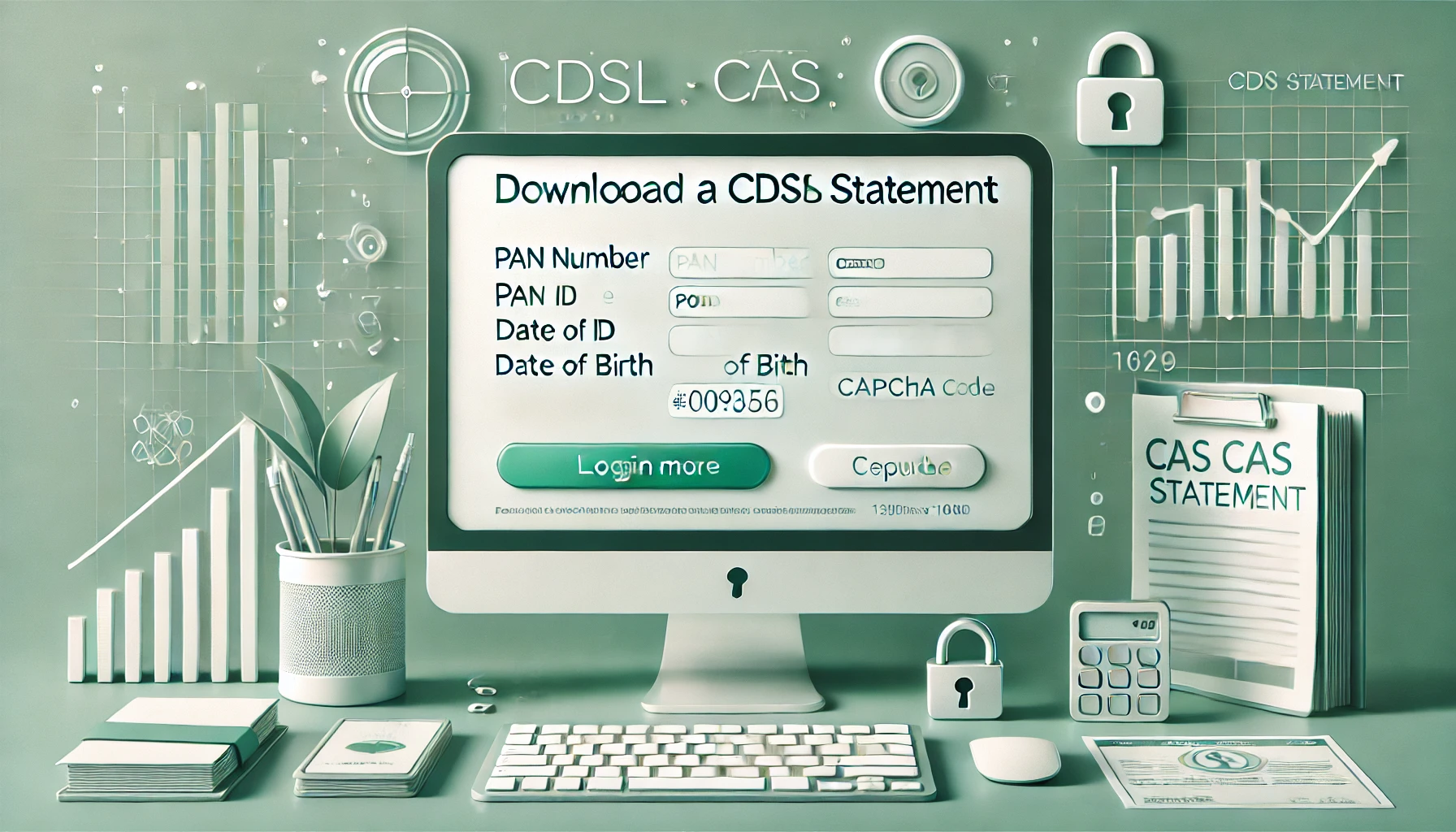
SIP Flows Are Slowing: Why Retail Investors Should Stop Timing the Market
SIP folio share is falling and SIP stoppage ratios are above 75% post Apr 2025 clean-up. H...
Short-term goal in 3–36 months? Think debt funds. They’re built for stability, quick access, and far smaller drawdowns than equity.
But “debt” is a spectrum. Pick the wrong slice and you can still see NAV dips. This guide shows exactly which category fits which goal, how to compare liquid vs ultra short funds, when to step up to short duration, and how tax on debt mutual funds 2025 works.
TL;DR: Match time horizon ↔ Macaulay duration, prefer high-quality portfolios (A-I / A-II PRC), know the 7-day graded exit load in liquid funds, and budget taxes at your slab for new purchases.
Horizon ≤ 3 months → Overnight/Liquid
Horizon 3–12 months → Ultra-Short Duration or Money Market
Horizon 12–36 months → Short Duration
These aren’t marketing labels; they’re category rules:
For each goal, answer four questions:
Example frameworks
Risk/Duration: Liquid caps maturity at 91 days; Ultra-Short targets 3–6 months Macaulay — slightly higher rate risk, also slightly higher yield potential.
Access: Liquid funds levy a graded exit load only in the first 7 days; nil after that. Many offer instant redemption up to ₹50,000 or 90% of value per day (whichever is lower).
Use-case:
If you want the lowest NAV wiggle plus instant money, liquid funds are compelling. If you want guaranteed return and are under the ₹5 lakh cap in one bank, an FD can be right. Use both intelligently.
“Low risk” ≠ “no risk.” Look for:
Reality check: Debt funds can still face drawdowns from credit/liquidity events. Quality first for goals.
Rather than chasing a “best fund” list, apply a screen:
Sold property or got a bonus but the market feels pricey? Park in Liquid/Ultra-Short and STP monthly into equity for 6–12 months. You’ll earn a debt yield while averaging entry.
For known payouts over the next 12–36 months, park in Short Duration and run a modest SWP. Keep 2–3 months of withdrawals in Liquid as a buffer.
(Both work best with high-quality debt portfolios and clear timelines.)
Plan on a post-tax basis. Always.
Emergency fund (3–6 months expenses)
Car down payment in ~18 months
Annual fees/advance tax in 4–6 months
Travel fund in ~10 months
Choosing the right debt fund for short-term goals can feel tricky. Our financial experts at Finnovate can help you align your investments with your timeline - so you don’t take unnecessary risks while keeping your money accessible.
Book a Free Consultation CallLiquid is the default for sub-3-month needs; for around 4 months, Ultra-Short (3–6m Macaulay) is fine if you can tolerate marginally higher rate sensitivity.
Yes, a graded exit load applies only during the first 7 days; nil thereafter.
SEBI’s Potential Risk Class matrix shows the maximum credit and interest-rate risk a scheme may take (for example, A-I equals lowest/lowest). Prefer A-I or A-II for short-term goals.
For new units, both are slab-taxed. Debt mutual funds still offer flexible liquidity (instant in some), STP/SWP, and capital-loss set-off. FDs offer DICGC insurance up to ₹5 lakh and guaranteed returns. Use both based on your need.
Pick the right category, screen for PRC A-I/A-II, look for a AAA or sovereign tilt, reasonable expense, adequate AUM, and compare 1–3-year risk-adjusted returns versus category peers.
Disclaimer: This is educational and not investment advice. Debt funds carry market, credit, liquidity and interest-rate risks. Category rules (Macaulay duration, maturity) are as per SEBI/AMFI; tax is per prevailing law. Verify scheme-specific details (factsheet, PRC cell, exit load) before investing.
Popular now

Learn how to easily download your NSDL CAS Statement in PDF format with our step-by-step g...

Explore what Specialised Investment Funds (SIFs) are, their benefits, taxation, minimum in...

Learn How to Download Your CDSL CAS Statement with our step-by-step guide. Easy instructio...

Looking for the best financial freedom books? Here’s a handpicked 2025 reading list with...